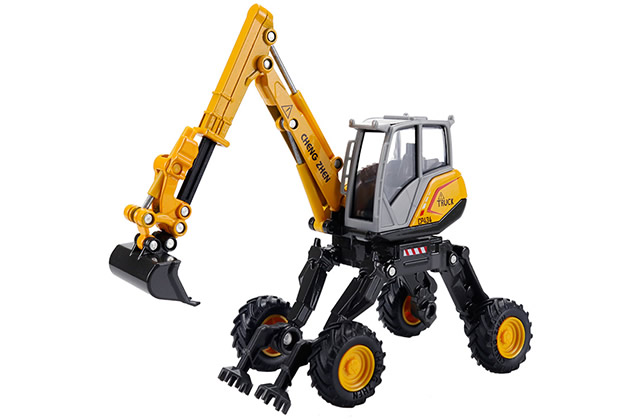1. What are the specifications and models of concrete mixing stations?
Concrete mixing stations are engineering machinery used to produce concrete, and they have many specifications and models.
The model of a concrete mixing station is generally composed of the group code of the concrete mixing station (building), the number of installed units, the mixer form code, main parameters, and variant or update code. Among them, the group code HZ is the concrete mixing station, HL is the concrete mixing building; the number of installed machines is standard with Arabic numerals, and single machines can be omitted; the mixer type code S is double horizontal shaft type, D is single horizontal shaft type, T is planetary type, and W It is a vortex type, F is a conical inclined discharging type, and Z is a conical reversing discharging type; the main parameter code is productivity, unit m3/h; changes or update codes are represented by A, B, C, etc.
Common concrete mixing station models mainly include HZS25, HZS35, HZS50, HZS60, HZS75, HZS90, HZS120, HZS150, HZS180, HZS240, etc.

2. Key points for selecting concrete mixing stations
There are many models of concrete mixing stations. When selecting, attention should be paid to comprehensively considering various points:
1. Performance index of construction concrete
This will determine what kind of mixing host to use. For example, water conservancy projects must use forced mixing hosts. In addition, the batching station and storage silo should be selected according to the type of concrete materials that can be mixed.
2. Task volume and construction period
Use these two parameters to choose the size of the mixing station. Assume the total concrete workload is M; the number of concrete pouring days is T; the number of working hours per day is H; and the utilization coefficient is K, then the specifications of the mixing station should be selected X=M/(T*H*K), where K is 0.7- 0.9. The transportation conditions of the finished concrete should also be considered in the selection. Such as: direct pumping or vehicle transportation. The volume of the transport vehicle is also an important basis for determining the model of the mixing station.
3. Construction environment and construction objects
When choosing to purchase a concrete mixing station, the impact of the construction objects and construction environment should be fully considered to ensure that the construction Smoothness and construction quality.
4. Covered area
Concrete mixing stations have different outputs, different configurations, and different floor areas. Customers are choosing concrete When installing a mixing station, you must first plan the floor area., select the appropriate concrete mixing station equipment according to the floor area. In order to avoid that after the concrete mixing station equipment is purchased, the concrete mixing station cannot be completely placed on the site.
5. Configuration of concrete mixing station equipment
Even for concrete mixing station equipment of the same manufacturer and model, the prices for different configurations are different. When purchasing, you should choose the configuration according to your own needs. When purchasing a configuration, you must think clearly and purchase what suits you to avoid causing financial waste.
6. Operator quality
Generally speaking, small concrete batching plants have a simple structure and a simple control system, so there are requirements for operation and maintenance personnel. lower. Large concrete mixing stations have complex structures and a high degree of automation, so they have higher requirements for operators. Therefore, in addition to the previous factors, you should also consider this factor when purchasing a mixing station.
If the website content violates your rights, please contact us to delete it。








